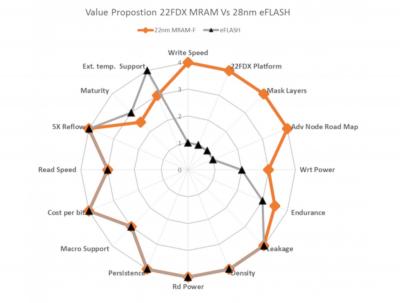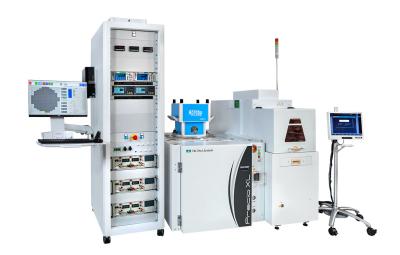GlobalFoundries starts producing eMRAM solutions, first customer tape-outs by the end of 2020
GlobalFoundries announced that it has delivered the first production-ready eMRAM on its 22FDX platform for IoT and automotive applications. The company says that its advanced eMRAM provides a "cost-effective solution for low-power, non-volatile code and data storage applications".

GF says that it has entered production and is working with several clients with multiple production tape-outs scheduled in 2020. GF's eMRAM is designed as a replacement for high-volume embedded NOR flash (eFLASH). GF says that its eMRAM has passed five rigorous real-world solder reflow tests, and has demonstrated 100,000-cycle endurance and 10-year data retention across the -40°C to 125°C temperature range. The FDX eMRAM solution supports AEC-Q100 quality grade 2 designs, with development in process to support an AEC-Q100 quality grade 1 solution next year.


